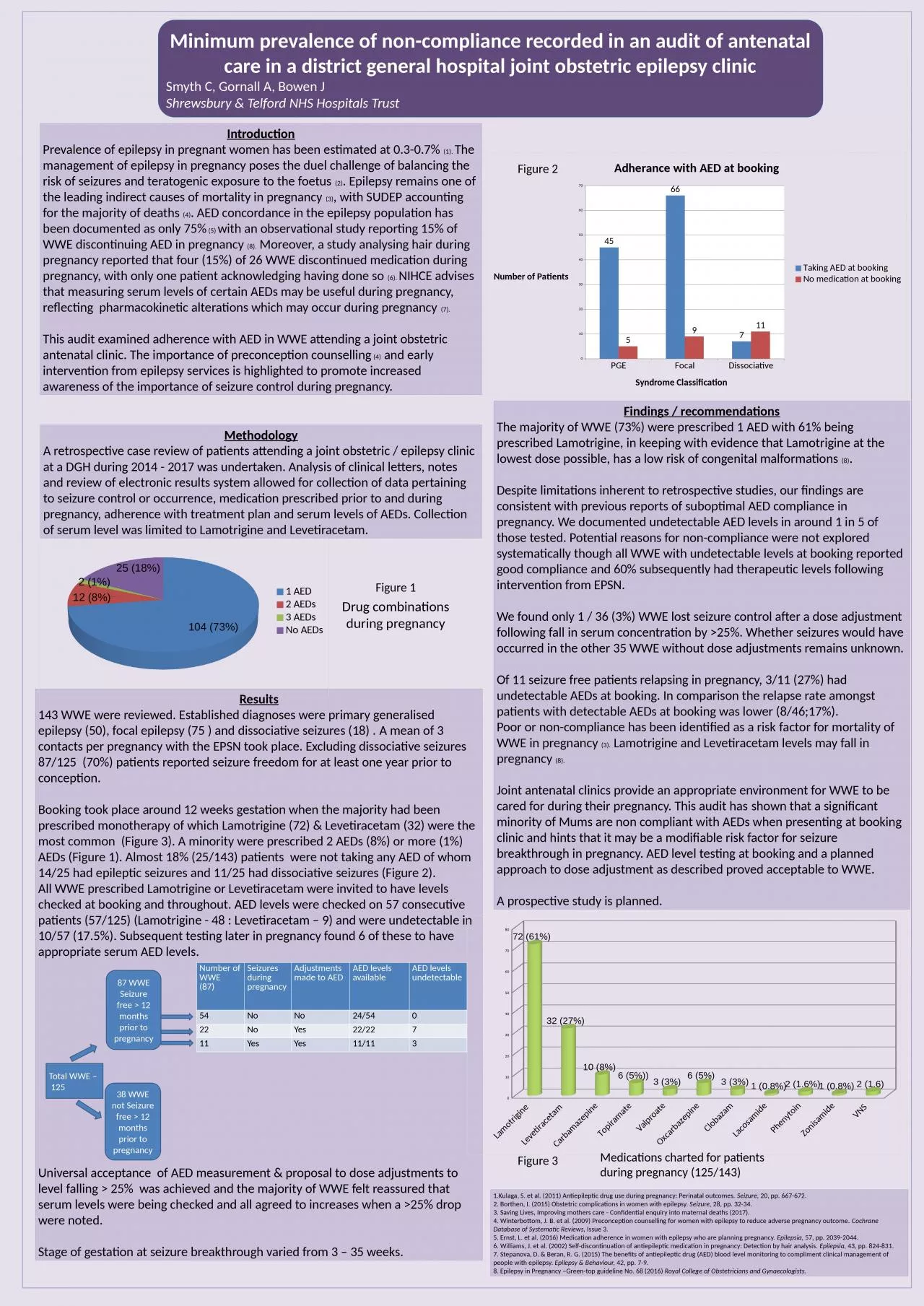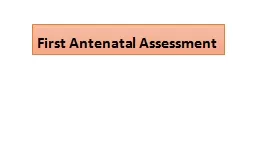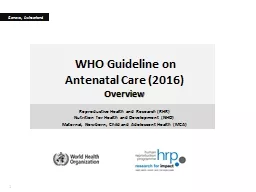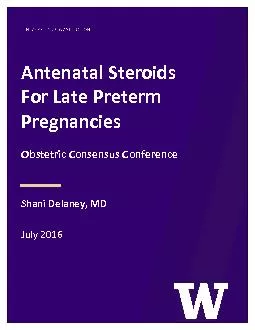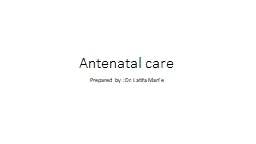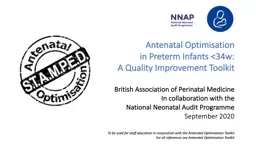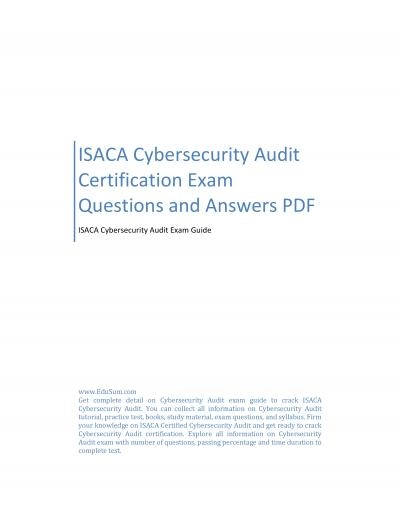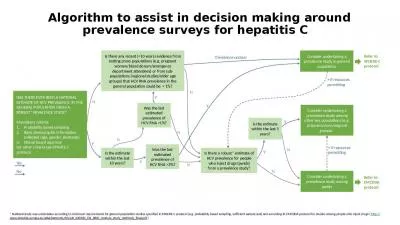PPT-Minimum prevalence of non-compliance recorded in an audit of antenatal care in a district
Author : paige | Published Date : 2024-02-09
clinic Smyth C Gornall A Bowen J Shrewsbury amp Telford NHS Hospitals Trust Results 143 WWE were reviewed Established diagnoses were primary generalised epilepsy
Presentation Embed Code
Download Presentation
Download Presentation The PPT/PDF document "Minimum prevalence of non-compliance re..." is the property of its rightful owner. Permission is granted to download and print the materials on this website for personal, non-commercial use only, and to display it on your personal computer provided you do not modify the materials and that you retain all copyright notices contained in the materials. By downloading content from our website, you accept the terms of this agreement.
Minimum prevalence of non-compliance recorded in an audit of antenatal care in a district: Transcript
Download Rules Of Document
"Minimum prevalence of non-compliance recorded in an audit of antenatal care in a district"The content belongs to its owner. You may download and print it for personal use, without modification, and keep all copyright notices. By downloading, you agree to these terms.
Related Documents

